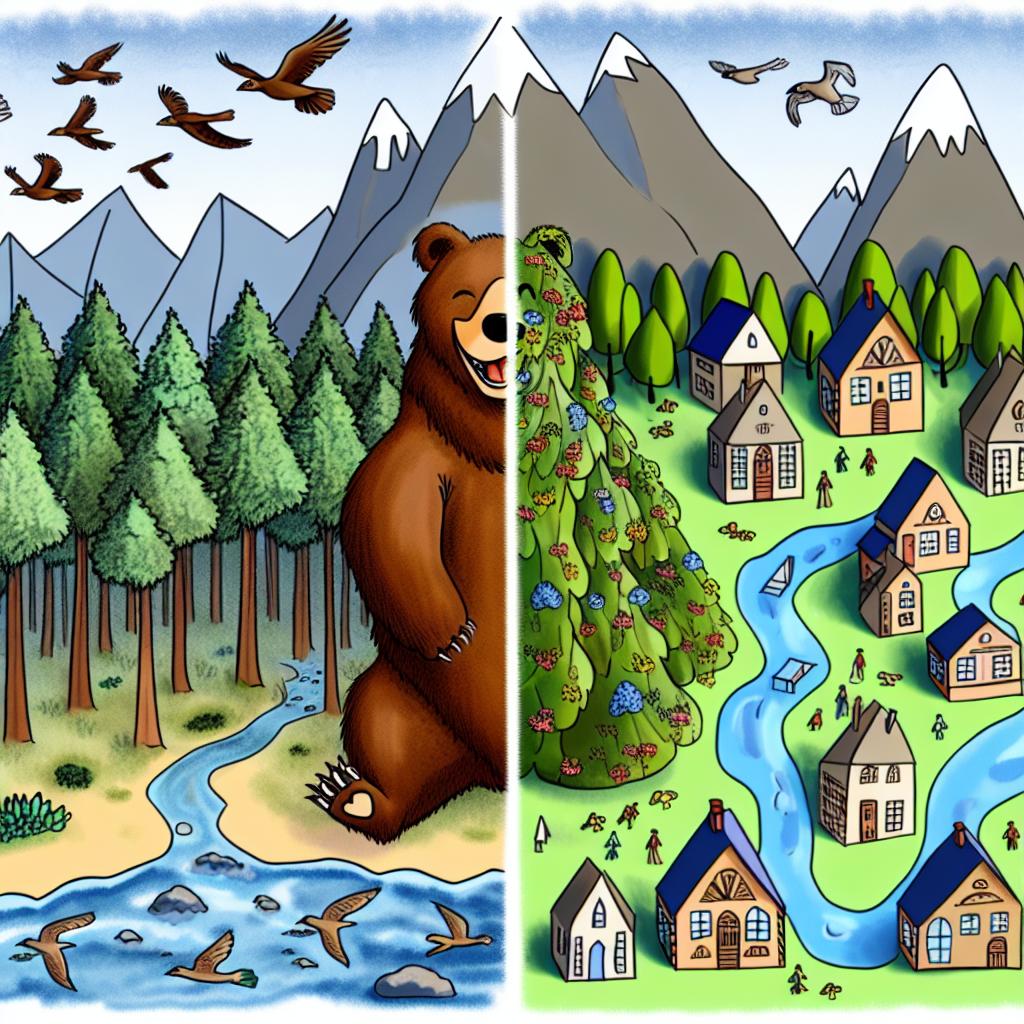Introduction to Human-Bear Coexistence
In regions where human activities overlap with natural bear habitats, effective coexistence strategies are essential. Such areas, often found in North America, Europe, and parts of Asia, require careful consideration of ecological and social factors to promote harmony between humans and bears. Understanding these dynamics is crucial for minimizing conflicts and fostering a sustainable relationship.
Understanding Bear Behavior
Bears are highly adaptable mammals with varying diets and behaviors influenced by their specific environment. Most bear species, like the Ursus arctos (brown bear) and Ursus americanus (American black bear), are omnivorous, which means their diet includes both flora and fauna. They often venture into human-occupied areas in search of food, particularly when natural food sources are scarce.
Key Factors in Bear-Human Interactions
– **Food Availability**: A primary motivator for bears entering human habitats is the search for food. Mismanaged waste and outdoor food storage can attract bears into suburban areas, leading to potential conflicts.
– **Habitat Encroachment**: Urban expansion into natural bear habitats reduces the available territory for bears, increasing the likelihood of encounters.
– **Seasonal Behavior**: Bear encounters tend to rise during seasons when they are actively foraging, particularly in the spring and fall.
Minimizing Human-Bear Conflicts
Effective strategies for reducing conflicts involve a combination of public education, policy implementation, and community involvement. Some approaches include:
– **Waste Management**: Securely storing garbage and compost can deter bears from seeking food near human residences.
– **Bear-Wise Communities**: Programs like the North American BearWise initiative provide resources and guidelines to promote coexistence.
– **Physical Barriers**: Electric fencing and bear-proof containers can prevent bears from accessing human food sources.
The Role of Education and Policy
Education plays a crucial role in informing communities about bear behavior and effective deterrent strategies. Collaboration between wildlife agencies, local governments, and the public is necessary to develop policies that support coexistence. Efforts such as public awareness campaigns and school programs can enhance understanding and appreciation of bears and their ecological role.
Conclusion
Coexisting with bears in shared habitats requires a nuanced approach that respects both human safety and bear conservation. By employing informed strategies and fostering collaborative efforts, communities can reduce conflicts and build a sustainable coexistence model. The success of such initiatives relies heavily on public participation, effective policy-making, and ongoing education about wildlife conservation.

